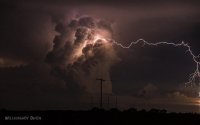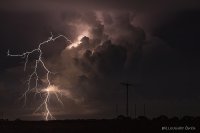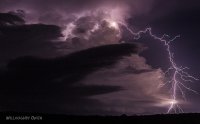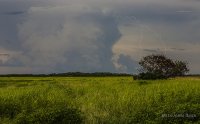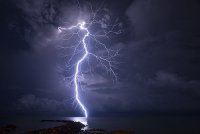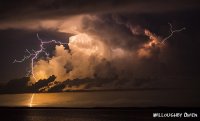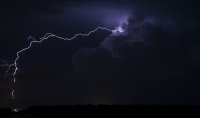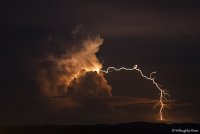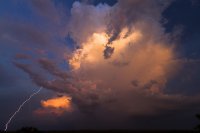Dan Robinson
EF5
I came across these images of a remarkable "bolt from the blue" clear-air cloud-to-ground lightning ("dog leg" in Aussie slang) event in Australia's Northern Territory on April 6:
https://www.flickr.com/photos/lou1003/17035011486
https://www.flickr.com/photos/128667232@N07/17059820722/
That first image is one of the longest horizontal distances away from the Cb I've seen documented in a photo.
https://www.flickr.com/photos/lou1003/17035011486
https://www.flickr.com/photos/128667232@N07/17059820722/
That first image is one of the longest horizontal distances away from the Cb I've seen documented in a photo.

